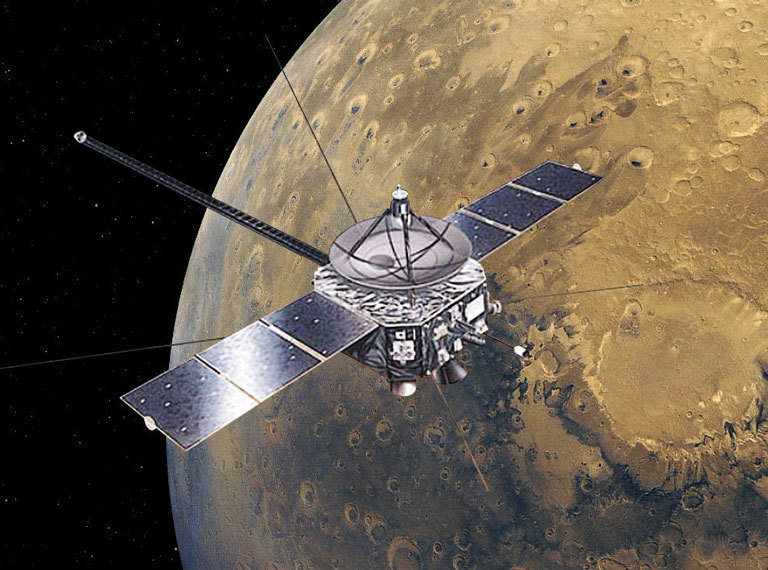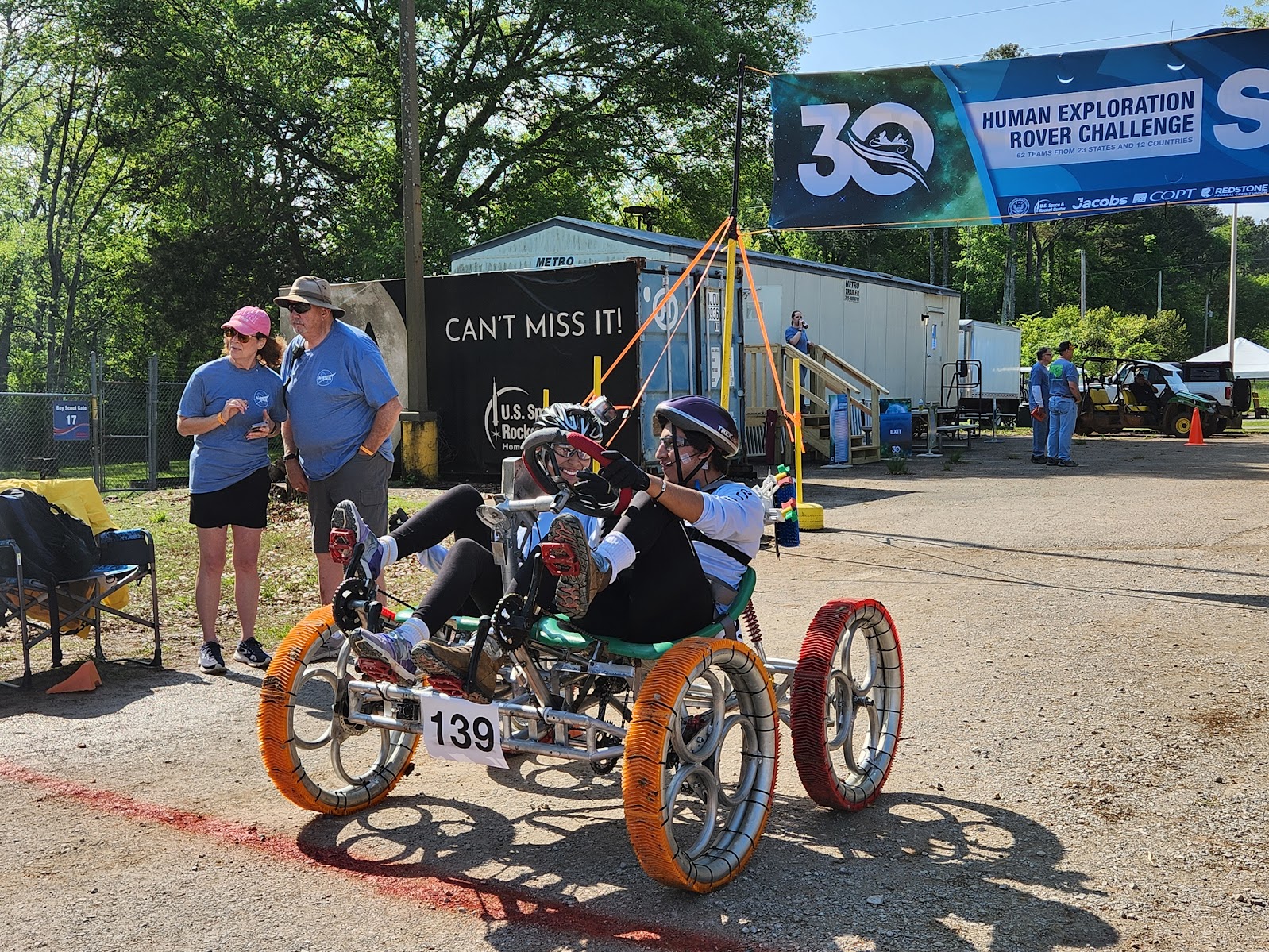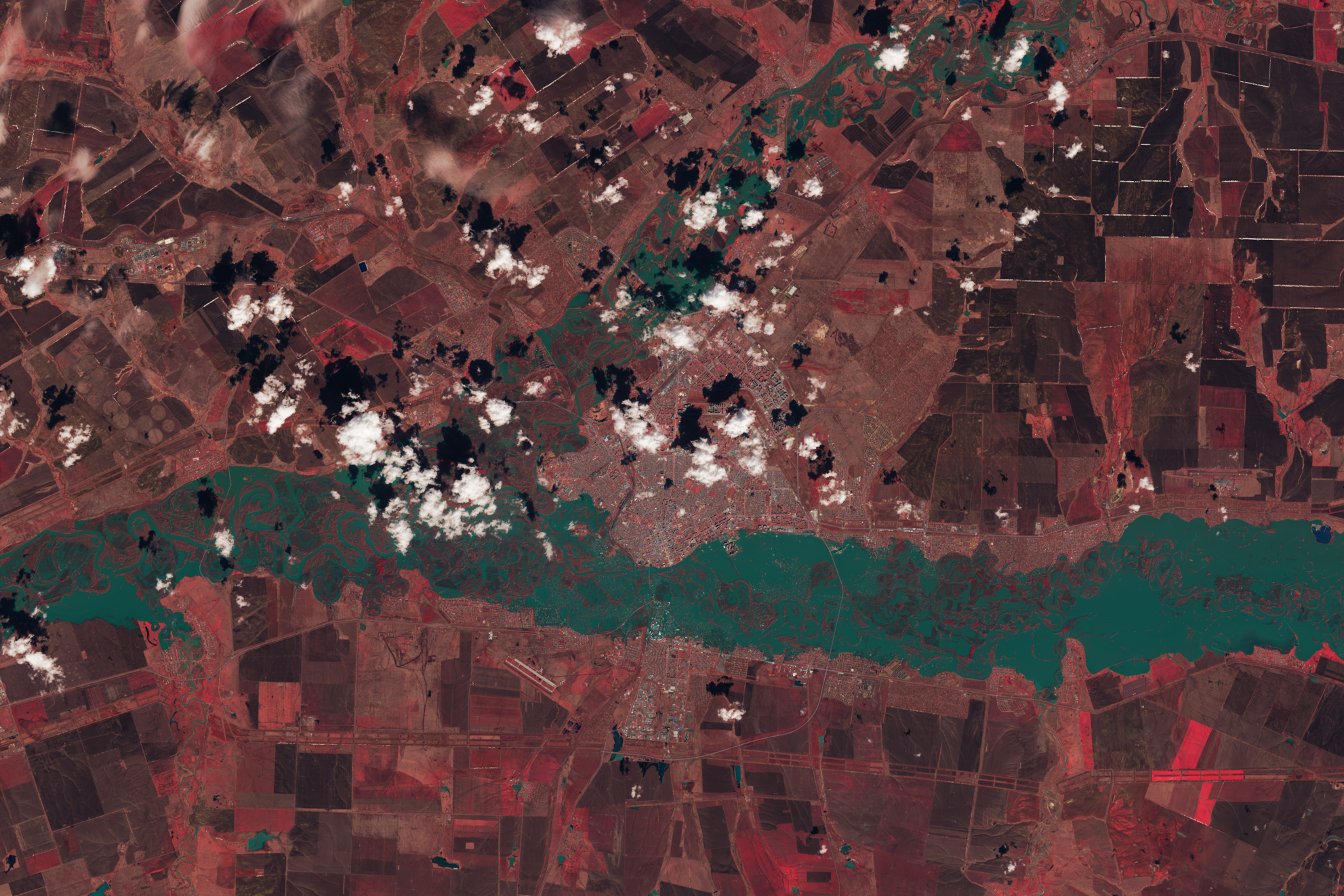Nozomi
Type
Launch
Target
Objective
Nozomi was Japan's first interplanetary spacecraft and also the first mission sent to the Red Planet by a nation other than the United States or Soviet Union. A series of malfunctions led engineers to command the mission to go into orbit around the Sun. While it was unable to complete its Mars mission, the spacecraft did provide crucial information about the deep space environment.

Fast Facts: Nozomi
Nozomi was Japan's first interplanetary spacecraft and also the first mission sent to the Red Planet by a nation other than the United States or Soviet Union.
- A series of unfortunate malfunctions and spacecraft led engineers to command the mission to go into orbit around the Sun.
- While it was unable to complete its Mars mission, the spacecraft did provide crucial information about the deep space environment.
Nation | Japan |
Objective(s) | Mars Orbit |
Spacecraft | Planet-B |
Spacecraft Mass | 1,182 pounds (536 kilograms) |
Mission Design and Management | Institute of Space and Astronautical Science (ISAS) |
Launch Vehicle | M-V (No. 3) |
Launch Date and Time | July 3, 1998 / 18:12 UT |
End of Mission | Dec. 9, 2003 |
Launch Site | Tanegashima Space Center, Kagoshima, Japan / Launch Complex M-5 |
Scientific Instruments | 1. Mars imaging camera (MIC) 2. magnetic field measurement instrument (magnetometer) (MGF) 3. electron spectrum analyzer (ESA) 4. ion spectrum analyzer (ISA) 5. ion mass imager (IMI) 6. electron and ion spectrometer (EIS) 7. thermal plasma analyzer (TPA) 8. probe for electron temperature (PET) 9. plasma wave and sounder (PWS) 10. neutral mass spectrometer (NMS) 11. Mars dust counter (MDC) 12. extra ultraviolet scanner (XUV) 13. ultraviolet imaging spectrometer (UVS) 14. low frequency plasma wave analyzer (LFA) |
Results
Nozomi, Japan’s fourth deep space probe, was also its first planetary spacecraft and the first directed to Mars that was not from the United States or Russia (Soviet Union).
The spacecraft was slated to enter a highly elliptical orbit around Mars on Oct. 11, 1999. Its mission was to conduct long-term investigations of the planet’s upper atmosphere and its interactions with the solar wind and to track the escape trajectories of oxygen molecules from Mars’ thin atmosphere.
It was also to have taken pictures of the planet and its moons from its operational orbit of 186 x 29,500 miles (300 × 47,500 kilometers). During perigee, Nozomi would have performed remote sensing of the atmosphere and surface. While close to apogee, the spacecraft would have studied ions and neutral gas escaping from the planet.
Although designed and built by Japan, the spacecraft carried a set of 14 instruments from Japan, Canada, Germany, Sweden and the United States.
After entering an elliptical parking orbit around Earth at 211 x 249,000 miles (340 × 400,000 kilometers), Nozomi was sent on an interplanetary trajectory that involved two gravity-assist flybys of the Moon on Sept. 24 and Dec. 18, 1998, at 1,745 miles (2,809 kilometers). It also did a flyby of Earth on Dec. 20, 1998, at about 625 miles (1,003 kilometers).
The gravitational assist from Earth as well as a seven-minute engine burn put Nozomi on an escape trajectory toward Mars.
Unfortunately, a faulty valve resulted in loss of propellant, leaving the spacecraft with insufficient acceleration to reach its nominal trajectory. Subsequently, because two midcourse corrections December 21 used more propellant than intended, Nozomi’s originally planned mission had to be completely reconfigured.
The new plan involved four additional years in heliocentric orbit, during which time it would conduct two more Earth flybys (in December 2002 and June 2003) leading to a Mars encounter in December 2003, four years later than originally planned.
While heading toward Earth, on April 21, 2002, powerful solar flares damaged Nozomi’s communications and power systems, causing the hydrazine to freeze in the vehicle’s attitude control system. Contact with the spacecraft was lost May 15, but two months later, controllers found the spacecraft’s beacon.
Mission scientists were able to thaw the frozen fuel as the spacecraft approached Earth and the flybys were accomplished as intended: on Dec. 21, 2002, at a range of about 18,335 miles (29,510 kilometers) and once again June 19, 2003, at a range of about 6,850 miles (11,023 kilometers).
Soon after, the spacecraft’s luck finally ran out. On Dec. 9, 2003, in anticipation of the Mars orbit insertion planned for five days later, the main thruster failed, essentially ending the mission.
Ground controllers commanded lower thrust attitude control thrusters to fire to ensure that Nozomi would not impact onto the Martian surface, which would have been a problem since the spacecraft had not been sterilized.
The spacecraft passed by Mars at a range of about 620 miles (1,000 kilometers) and remains in heliocentric orbit. Despite not accomplishing its primary mission, Nozomi provided important data from its suite of scientific instruments.
Source
Siddiqi, Asif A. Beyond Earth: A Chronicle of Deep Space Exploration, 1958-2016. NASA History Program Office, 2018.









